The Romans were recorded as the first to create greenhouses, specifically growing cucumbers for Emperor Tiberius.
There are early Korean records of greenhouses being used to grow flowers and force vegetables by 1438, and the Chinese grew mandarin trees indoors – the first ‘greene’ houses.
In 1663, the Orangery was opened at Versailles. The Victorian era produced some of the great ‘hot houses’ in Britain, for growing exotics from the tropics, like the Palm House at Kew at the Conservatory at Chatsworth.
The first domestic greenhouses appeared in Britain in the late 1940s, before that, they were homemade structures cobbled together from old windows and polythene.
Now we all have access to great glasshouses incorporating the best of modern manufacturing and technology.
If you are new to the world of gardening, here is the ultimate guide to greenhouse gardening for beginners, with plenty of greenhouse tips and hints for starting a successful vegetable gardening greenhouse. Happy gardening – and eating!
What are the benefits of having a greenhouse?
A greenhouse adds an extra dimension to your gardening experience and creates a host of opportunities.
It extends the sowing and cropping growing season at the beginning and end of the year so you can enjoy the goodness of fresh vegetables all year round.
You can start your flower and vegetable early and germinate seedlings when it is too cold outside and ripen crops like tomatoes, aubergines and peppers where the summers would be too short.
A greenhouse is the ideal place for rooting cuttings, protects tender plants over winter and gives you somewhere to relax and enjoy yourself all year round – whatever the weather.
How do I choose the right greenhouse?
Hartley Botanic understand the practical needs of gardeners, but also their sense of style, offering a wide range of glasshouses from classical designs inspired by Victorian grandeur to cutting edge contemporary chic.
They also have a vast selection of bespoke greenhouses and a wealth of experience in tailoring them to suit the needs of the discerning customer.
A greenhouse should be the maximum size that space and budget allows. Any gardener will tell you, however much space you think you need; you will end up wanting more.
Hartley Botanic have taken this into account and designed glass to ground greenhouses in their Heritage range which can be extended over time.
Where do I site the greenhouse?
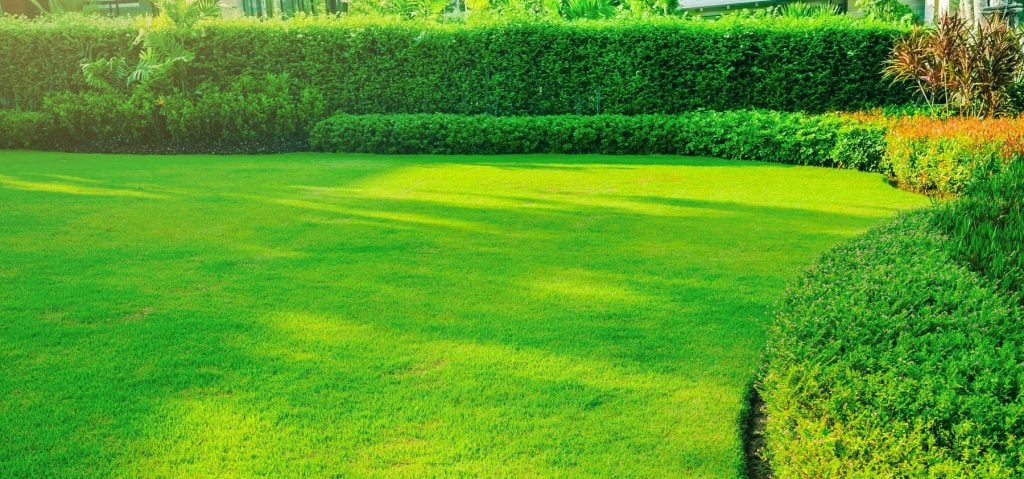
A greenhouse should receive as much sun as possible, ideally full sun all day; this is helpful in spring for germinating seeds and seedlings. Intense summer heat can be reduced by internal shading and ventilation.
It should also be protected from cold north or east winds, which reduce temperatures in the glasshouse, particularly in late winter and early spring, at seed sowing time.
They should be away from trees so that leaves don’t block the guttering; tall deciduous trees at a distance can help with shading in summer yet still admit light in winter. There should be clear access around the outside for a stepladder for cleaning.
Types of greenhouse
There are a variety of greenhouses to choose from, but it is important to find the perfect one to suit your requirements.
Below is an example of a greenhouse you could choose and things to consider when it is constructed.
Freestanding
The classic Hartley Botanic semi-dodecagon shape maximizes the space inside the glasshouse, and large panes of glass and minimal metalwork in the frame ensures optimum entry of light on all sides.
Brick sides reduce heat loss and the amount of light emitted at ground level but create space for cold frames alongside the greenhouse, which can be used to harden off plants, overwinter plants, sow seeds that need cool conditions and to root cuttings.
Lean-to
Along a south-facing or well-lit wall, which captures the sunshine and radiates heat is ideal for growing fruit like, vines, nectarines and apricots. As with all types of greenhouse, a sliding door saves space.
Construction
Hartley glasshouses are made of aluminium so are built to last. Aluminium is light, strong and the glazing bars are thin, so they create little shade and don’t need painting, the only upkeep is giving them a wash when you clean the glasshouse.
Hartley offers a range of appealing colours to compliment your taste and garden, turning your greenhouse, into a useful yet eye-catching feature, to enhance your garden.
Glazing to a ground-level provides the greatest flexibility, but half-walling, with masonry or timber, reduces heat loss.
Ventilation
Adequate ventilation is vital as overheating can quickly damage plants and seedlings. Roof vents on both sides of the ridge, at least 15-20% of the floor area is essential, with louvre vents on the side allowing extra control of the airflow.
A smaller hobby greenhouse needs more ventilation as the air inside heats up extremely quickly – extra shading also helps. You can always open the door to improve ventilation but beware of chilling draughts, especially in spring.
What greenhouse accessories do I need?
Different greenhouse accessories can aid your gardening experience. It is crucial to monitor your greenhouse to grow different things effectively.
Here are some greenhouse accessories that can enhance your greenhouse.

Automatic ventilation
Automatic ventilation is worth installing on some vents for sunny summer days when the sun rises earlier and the weather changes during the day.
Think of this as a help, not a solution because you need to open the remaining vents later in the day before the greenhouse overheats.
Hartley Botanic offer internal roller blinds to provide essential shade in summer and limit heat loss on cold winter nights. Shading does, however, limit the amount of light plants receive, so open and close the blinds depending on the light levels each day, if you can.
A digital maximum-minimum thermometer
This can accurately monitor temperatures. At 25°C/77°F, plants are damaged, so open doors and vents in the days and at night-time if necessary before these levels are reached.
Maintaining high humidity in hot weather also helps. Ensure wet hard surfaces like paths (‘damping down’) at least three times a day in hot weather.
Propagator
Propagating plants from seeds and cuttings is one of the great joys of owning a greenhouse, and a well-managed heated propagator becomes a busy production line in spring.
The key is to make sure it is not too small to be ineffective or too large, so it takes up too much space on the greenhouse bench.
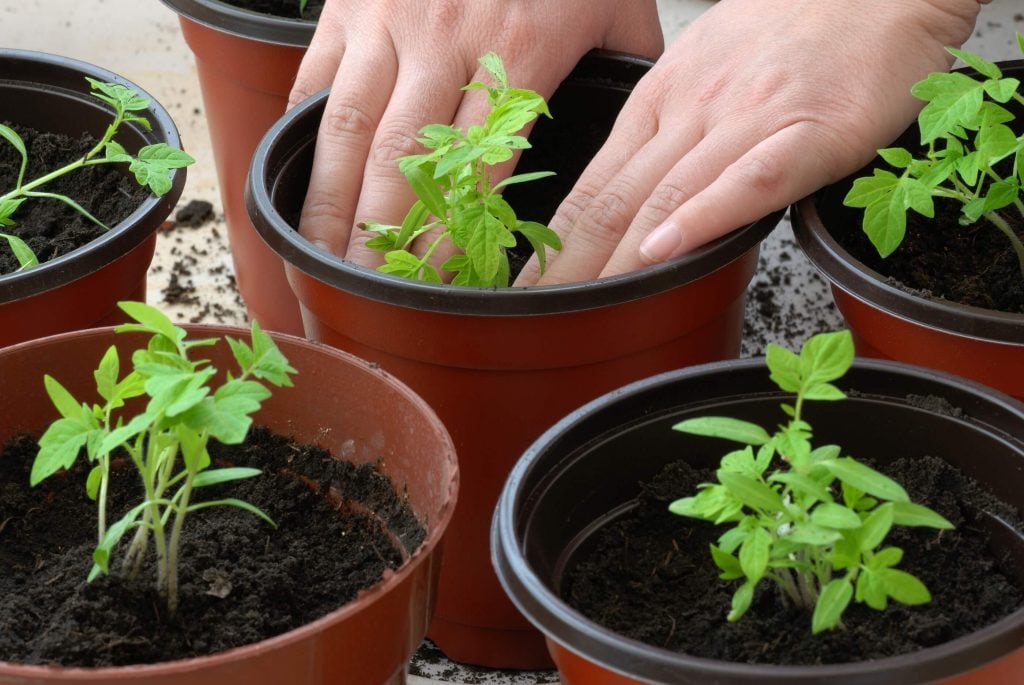
Plug plants
If your lifestyle means you are short of time, buy ‘plug plants’ and grow them on, instead. Most gardeners grow some plants from seed and others from plugs as not all plants are available as plugs.
Propagating and planting
You will need full and half seed trays, either terracotta or biodegradable pots and cell or module trays in a range of sizes, peat-free seed and potting compost, labels and a marker pen or pencil. Wherever the plant goes, the label travels with it, too!
At the end of each growing season, wash the pots thoroughly in eco-friendly disinfectant and clean plant labels, so you are ready the following year.
As a ‘belt and braces’ approach, sowing and transplanting book is useful so that you can note the varieties and sowing dates, should the label become lost.
When sowing early in the year in a propagator don’t raise the temperature too high, you need to get that fine balance between light and heat, so seedlings don’t become ‘leggy’.
If you sow early and it doesn’t work out, there is plenty of time to make later sowings, so don’t use all the seeds at once.
Elecric fan heater
With thermostatic control, you can keep the greenhouse frost free in winter and circulate cool air in summer.
Watering cans
Collect rainwater from the greenhouse roof. Use it regularly to keep the water fresh and the cans algae free. Make sure you allow it to stand for 24 hours in the greenhouse to warm before use; galvanized cans absorb heat more effectively than plastic. Use tepid tap water on seeds and seedlings.
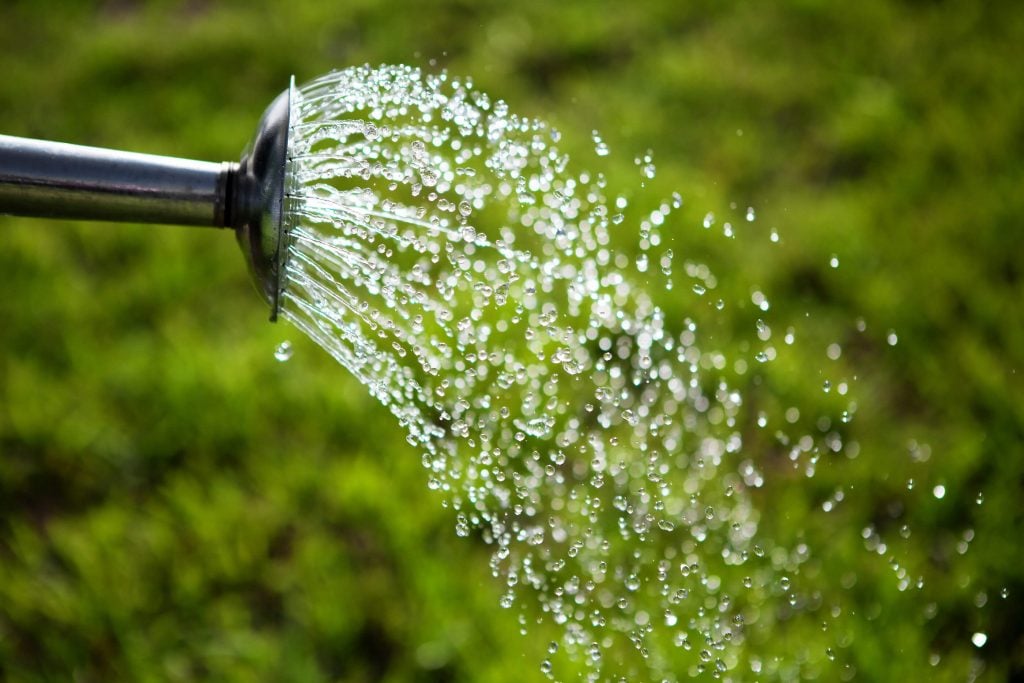
Supporting plants
In greenhouse borders, push long canes into the ground at a slight angle gradually them towards vertical as they go further into the compost.
Plants like tomatoes can be grown up string or twine either by tying the string to attachments on the glasshouse frame at the top, loosely tying around the stem at the base or burying the string under the root ball when planting.
How can I make the most of the space in my greenhouse?
There are many different ways to make the most of the space in your greenhouse. By using space carefully, you’re able to get much more from your greenhouse and improve your experience.
Here are some ways to make the most out of your greenhouse space.
Greenhouse benches
They are essential for working at a comfortable level, cover them with gravel to aid drainage and keep them weed-free.
Make sure they face the sunshine so aubergines, peppers and chillis can ripen. Ferns, Clivias and shade-loving plants can be grown under the benches. It is also useful overwintering storage space for overwintering dahlia tubers, cannas and other tender plants.
Greenhouse shelves
They are a ‘must’ to make the most of the space and are ideal for pots of pelargoniums, trays of seeds and germinating seedlings in spring. Once seeds have germinated in the propagator, move them to the shelves.
Greenhouse borders
Crops like cucumbers and tomatoes are easier to cultivate in a greenhouse border, where the roots have room to spread.
Depending on the quality of the soil, either fork in well-rotted organic matter to at least a spade’s depth or dig out the existing soil and replace with “John Innes No 2” or peat-free multipurpose compost.
The compost gradually breaks down and will need replacing every three or four years. Allow the borders to settle before planting and avoid walking on the borders.
Growing bags and pots
Tomatoes and cucumbers can be grown successfully in growing bags and pots, but there is a greater chance of overwatering, and more care is needed with feeding.

How to maintain and care for your greenhouse
Clean glass emits 90% of available light. If you are growing summer crops like tomatoes, clean the glasshouse in autumn or early spring, on a warm sunny day.
Move plants from the greenhouse to a sheltered spot, protecting them with horticultural fleece. Brush or vacuum loose debris from around the inside of the greenhouse then wash the panes with hot water and environmentally friendly detergent, rinse with clean water, then wipe them dry with a clean cloth.
Clean the glazing bars, too. You may prefer to use a pressure washer on the outside or equipment similar to the extendable brush systems used by window cleaners. Work safely and from the ground wherever possible.
Which vegetables and plants should I start with?
Only grow crops that you and your family like to eat but do try unusual varieties. Buy seeds from the garden centre, or online. Larger seed companies have a good range of well-known varieties; small, independent online companies offer those that are more unusual.
Here are some top crops for gardeners new to the vegetable gardening greenhouse.
Tomatoes
Sow 2.5cm deep in modules of seed compost from late February to mid-March at around 18°C (64°F) and transplant into 9cm (3½in) pots when two true leaves have formed.
Transfer into 23cm (9”) pots when the flowers on the first flower cluster (truss) are beginning to open. Plant into a 13” pot or greenhouse border. If the stems are spindly, plant them 5-7.5cm (2-3”) deeper as the stems will produce roots.
Tie the main stem to a vertical bamboo cane or string. Remove the side shoots that appear at the junction of the main stem and a leaf base with your finger and thumb when they are about 2.5cm (1in) long. You will need to do this at least once a week.
When the main stem reaches the top of the greenhouse or has set seven trusses, remove the shoot tip two leaves above the top truss.
Pollinate by tapping flowers around mid-day; fruit does not set at night temperatures below 12C or above 33C water regularly to keep the compost constantly moist, so the fruit doesn’t split.
Feed every two weeks with a balanced general liquid fertilizer then change to a high potash one once the first fruits start to appear.
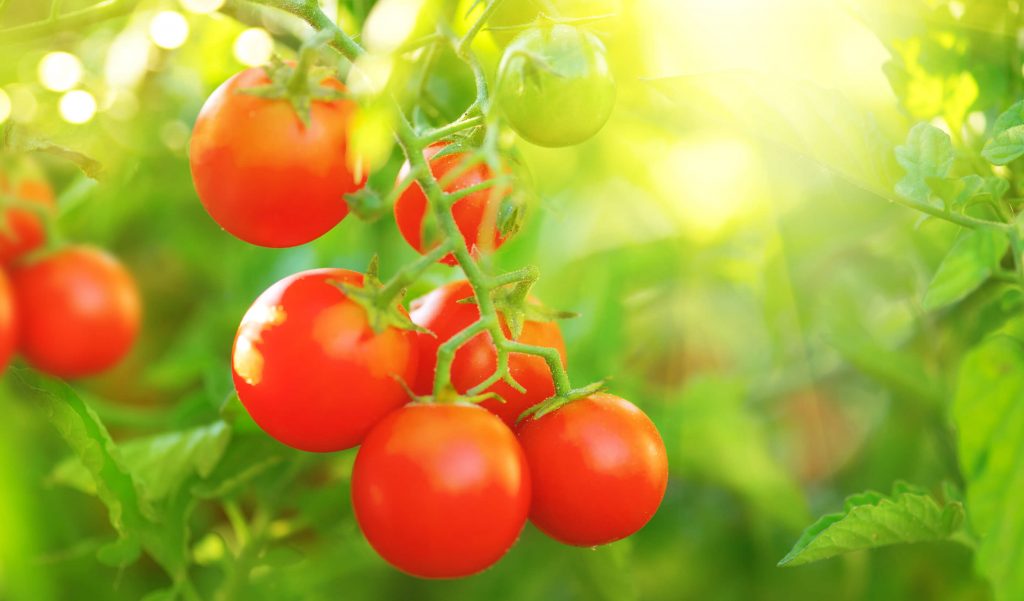
Peppers
Sow in seed compost from mid-February to early April at around 18-21°C (65-70°F); transplant into 7.5-9cm (3-3.5in) pots when two true leaves have formed, then again into 30cm (12in) pots of multipurpose compost when the roots have about filled the pot.
Pinch out the growing tips from the main stems when they are about 20cm (8in) tall to encourage bushiness. Plants may need staking, water regularly and feed with a high potash tomato fertilizer once the first fruit has set.
Chillies
Sow seed on the surface of moist seed compost in a 10cm (4in) pot around the second week of February. Cover with a fine layer of fine vermiculite, (buy online or from a garden centre).
After the seeds have germinated, remove the pot from the propagator and keep the greenhouse around 10C (50F). When they are 2.5cm (1in) move seedlings individually into single 10cm (4in) pots, with the leaves are just above the surface of the compost. Water with tepid water.
Stake plants with a cane when they are about 20cm (8in) tall. Pinch out the top of the main shoots when they are about 30cm (12in) tall.
Water regularly, with tepid water, especially in hot weather. Make sure to feed every two weeks with a general-purpose liquid fertilizer, when the first flowers appear, changing to high potash once fruit starts to form.
Aubergines
Sow in pots or modules of seed compost at 18-21°C (65-70°F) in late January or February. Move to 9cm (3½in) pots, then when the pot is almost filled with roots transfer them into 23cm (9in) pots of multipurpose compost in early May. Stake and tie in plants as they grow.
When plants are 30cm (12in) high, remove the tip from the main stem. Water regularly with tepid water and feed with a high potassium liquid tomato fertilizer every two weeks after the first fruit have begun to form.
Mist the foliage regularly (at least twice daily) to with tepid water to discourage red spider mite and help fruit set. Only allow five or six fruits on each plant.
Cucumber
Grow female varieties. Sow seeds on edge from April in an unheated greenhouse. Transfer to 25cm (10in) pots of multipurpose compost in late May or plant in the greenhouse border.
Train the main stem up a vertical wire or cane. Pinch out the growing point when it reaches the roof, and the tips of side shoot two leaves beyond a flower.
Maintain high humidity high by watering the floor and, once planted out, feed every 10-14 days with a balanced general liquid fertilizer.
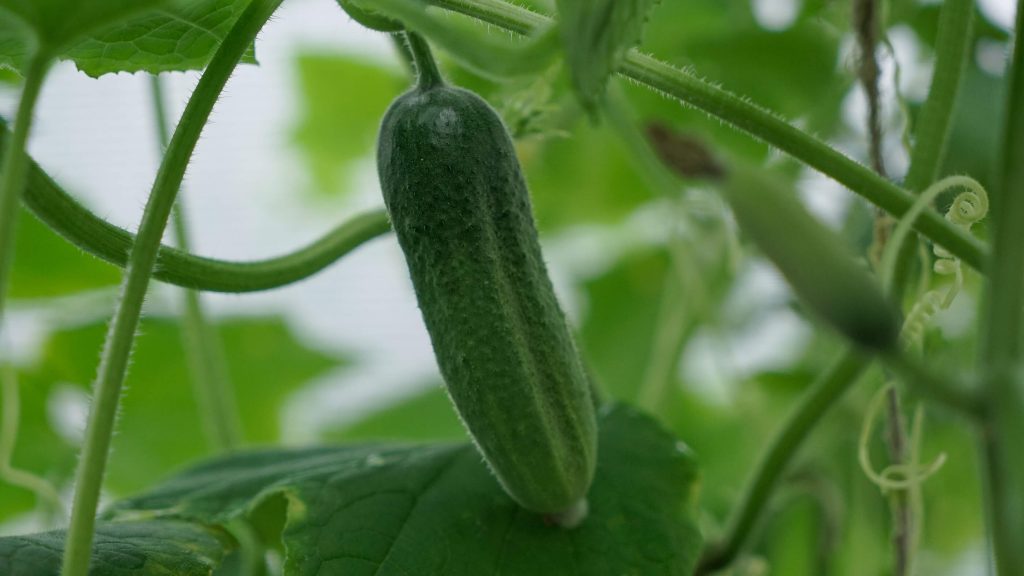
Courgettes
Sow the seeds on edge, 13mm (½in) deep, at around 20 C in late April-early May, into 7cm pots, about four weeks before the last frost in your area.
Plant out from late May and cover with horticultural fleece until they are growing strongly. Protect from slugs using environmentally friendly slug pellets, feed with tomato fertilizer to encourage fruiting every two weeks when the first fruits start to swell.
Bury a 15cm (6in) pot, with the rim just above soil level, alongside the plants when planting out and water into the pot, then it goes straight down to the roots, where it is needed.
Sweetcorn
Sow in April in deep, 7cm pots to reduce root disturbance when transplanting (a recycled waxed paper or polystyrene coffee cup with a drainage hole in the bottom is fine).
They need a minimum temperature of 15°C for germination and strong growth. ‘Harden off’ the seedlings before the roots fill the pot.
Plant out in blocks of at least 12, in a sheltered site in full sun, in organic and rich soil; once there is no danger of frost. Separate different varieties to avoid cross-pollination, which can affect the quality of the cobs and shake the stems on a still evening to ensure pollination.
Runner beans
Sow one seed, 5cm (2”) deep in a 12.5 cm (5”) pot in a propagator, from late April or May. ‘Harden off’ young plants, once the danger of frost has passed from late May to early June.
Grow in the greenhouse before transplanting
Vegetables and salads which are started off in the greenhouse need acclimatizing to outdoor conditions before they are transplanted into their permanent positions. This is known as ‘Hardening Off’.
Do this by putting them in a cold frame for a week with the lid lifted then covering the plants at night.
If you don’t have a cold frame, put them outdoors in a sheltered spot during the day, then bring in at night for a week, then the following week, leave them out in a sheltered spot all day and night.
Other crops to sow and when
There are several crops that should be sown at a certain time in the year. It is great to organize your growing schedule, so you have plenty of time to plan the perfect conditions for growing.
Here is a list of some other crops you can sow and which month you should do this.
January
Sow sweet peas in a cold greenhouse. Sow Radish, Spring Onions and ‘cut and come again’ salad leaves in pots for early spring salads.
February
Sow lettuce for planting outdoors, every two weeks until mid- March. Sow lettuce and ‘cut and come’ again crops from the end of September. Sow early radish and lettuce in the greenhouse border.
March
In pots: broad beans, round beetroot around the edge of 7.5cm pots, plant outdoors as a cluster.
In modules: Kohlrabi (two per module, thin to leave the strongest seedling), leeks, (singly and also in clusters for earlier crops) lettuce, spring onions in clumps, peas, swiss chard, French beans.
April
As March plus squashes, pumpkins and perennial spinach.
The rest of the season your greenhouse and benches will be full of tomatoes, aubergines, chillies and sweet peppers. Happy gardening!










